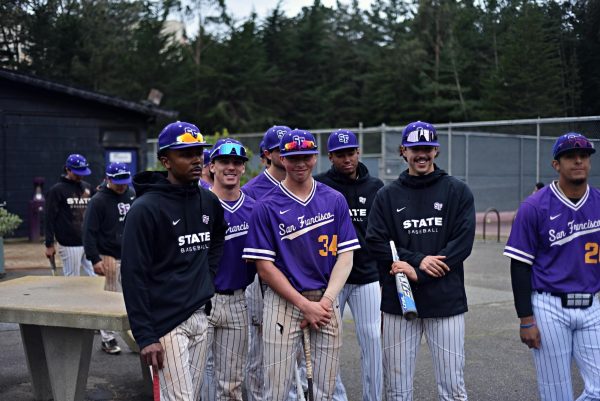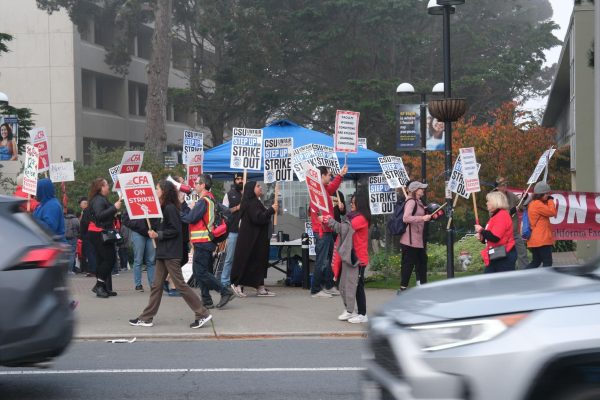SF State’s Housing Insecurity on a Rise
January 28, 2020
SF State Housing insecurity by Kerasa Tsokas
“Struggling students” is no longer a phrase used to describe students that have difficulty learning in class. It now refers to a widespread situation among many SF State students that have to choose between their education and having a roof over their head.
On Dec. 18, Interim Vice President Dr. Beth Hellwig sent out an email addressing the student body about housing insecurity. The email states that “17% of SF State students surveyed said they had experienced homelessness in the last nine months.”
Housing insecurity is not an issue confined only to SF State students; 10.9% of CSU students reported experiencing homelessness one or more times in the last 12 months. Though programs like the Basic Needs Initiative were set up to help combat housing insecurity, students are still left to fend for themselves.
The Basic Needs Initiative is a program set up for all CSUs that offers support to students in areas like housing, food insecurity and mental health. SF State’s Basic Needs launched in 2018. The programs SF State offers vary from Gator Groceries, nutritious and free food offered weekly, to Gator Grub Alert, a function on SF State’s mobile app that notifies students where there is free food on campus.
In light of the recent email sent by Hellwig, Basic Needs Initiative added more on-campus support for those who are looking for housing stability.
“It [housing insecurity] is a deeply-rooted issue that not only affects our students, but students across the nation,” said Assistant Director for Basic Needs Initiative, Jewlee Gardner.
Programs like the Gator Crisis Housing and Basic Needs Lounges will be launched by March 2020 and the end of Spring semester.
“Along with the price of attendance, increased costs of living and reductions in federal financial aid leave many students pursuing their degree while facing extreme financial burdens,” said Gardner.
Though there are many outside factors that impact students finding a stable housing situation, being in San Francisco is definitely not helping.
As a San Francisco native I have seen the city I once loved transform into a cesspool of business people. Since 2010 there has been a 9.7% increase (78,121 people) of San Francisco residents.
According to a 2019 San Francisco’s Homeless Count & Survey, there has been a 15% increase in the number of people experiencing homelessness since 2013.
The San Francisco Chronicle is in its fourth year of leading the SF Homeless Project, an organization of media companies focused on reporting about homelessness. Some of the primary causes that they reported leads people into homelessness are; job loss (26%); substance abuse (18%); eviction (13%); being kicked out of a home after an argument with a friend or relative (12%); mental illness (8%); and divorce or breakup (5%).
This amount of residents has made the city what it is today. San Francisco’s cost of living is 63% higher than the United States average, meaning it would be almost impossible to make ends meet especially if people are students.
The median rent for a one-bedroom apartment is $3,460 a month. Even if you were to get paid minimum wage ($15/hour) and work 40 hours a week, you’d only make $2,400.
Though on-campus the rent isn’t as expensive, it still isn’t cheap. A furnished single occupancy in University Park with no meal plan is $1,681 a month, totalling to a semester total of $7,094.
All CSUs offer student housing but they end up only housing 11% of their total student body.
“The University is committed to enhancing our programs that alleviate the impacts of housing insecurity, which has become an issue for communities and universities nationwide,” said Gardner. “To do that, we are working tirelessly to seek funding and support to continue building meaningful resources for our students.”
Construction happening on Holloway Avenue is due to a new 560-bed student residence which the University anticipates to open in Fall 2020.













